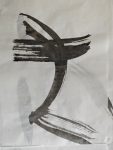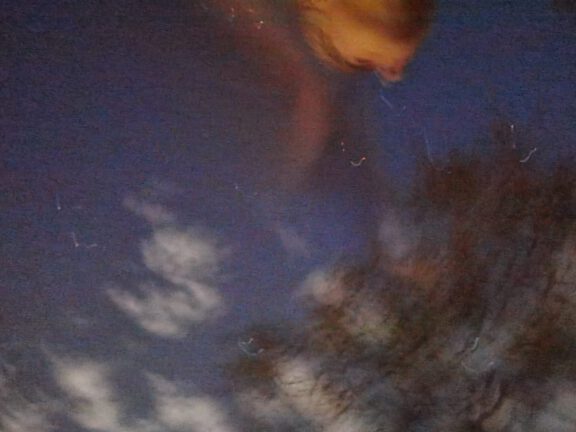What would the world look like without the focal point of a lens? Our eyes have a lens that concentrates the light and focuses it on one plane so that the retina can record this focused image - as an image in a plane. The light rays are captured by receptors and transmitted to the brain. This vibration of the nerve cells is transcribed into another vibration, that of consciousness. This principle was copied in the camera obscura and the cinematograph and forms the basis of classical photography and film or video recordings.
So what would a world look like that is perceived by a consciousness that has no lens interposed in visual perception? The room would be flooded with light, colors would be visible, but there would be no spatial depth, no objects. How would a consciousness orient itself in it?
Senses
A newborn baby's eyes are still closed for the first few days. First of all, it has to become aware of its own body, gross and fine motor skills, hunger, pain, tiredness. All this comes first. The senses of sight, touch and hearing come later. The boundaries between one's own body and the outside world must be explored. Is the object in your hand part of your own body or not? How does the feeling of hunger relate to the milk bottle? All these perceptions are possible without visual representation. Object recognition is largely based on motor skills, taste and touch. In other words, very direct.
The perception of what is not in direct physical contact comes later via smell, sight and hearing. That which is far away must somehow present itself to me. The contact is physical, light waves, sound waves, odors. They arrive at the sensory organs at different speeds and leave an impression there, they inscribe themselves in the senses, a resonance, a rhythm, a fusion or intermission takes place. In the case of smell and hearing, the senses are directly exposed to the vibrations. Although the sense of hearing, the sense of smell and the sense of taste are quite complex, as the perceived vibrations have to be processed by the brain, none of these organs are as complicated as the eye.
Are the problems of Western philosophy retinal?
The eye therefore creates an image. This is the root of representation. Which of these representations are physical reality, the living world, art? It seems to me that most questions in philosophy arise from this retinal process. The question of representation is therefore at the center of Western aesthetics. Attempts to understand representation as the basis of aesthetic and epistemological philosophy lead down all kinds of wrong paths. They lead to a philosophy that understands the world as objects that are presented to us. This has consequences not only for art, but also for economics, politics, society, science...
In Indian aesthetics, it is rasa, a completely different approach. It is about a state of consciousness that is facilitated by sensory stimuli. The aim of art is to enter and remain in this state. Art opens a gateway to higher consciousness - Satchitananda. The origin lies in the Vedas. Rasa is the taste, rasa is not retinal. Rasa is the essence.
Literature:








